While the format has changed a bit over the past few years, and likewise, no doubt, my writing style, I’m not sure there’s a lot more to say about how I got to quite a high level in kung-fu as a youngster in the eighties, and how grateful I was that my very limited experience of arcade machines at the time centred around Kung-Fu Master and Shao-Lin’s Road, and when looking at those games in particular, we’ve already been into renting martial arts movies on VHS, and even all the Bruce Li, Bruce Le, Bruce Thai, Brute Lee, Lee Bruce and so on Bruceploitation films that endlessly knocked around the rental shop shelves at the same time! Which all leaves me with ever-decreasing options when I’m trying to add a bit of oriental flavour when I get to yet another game like this!
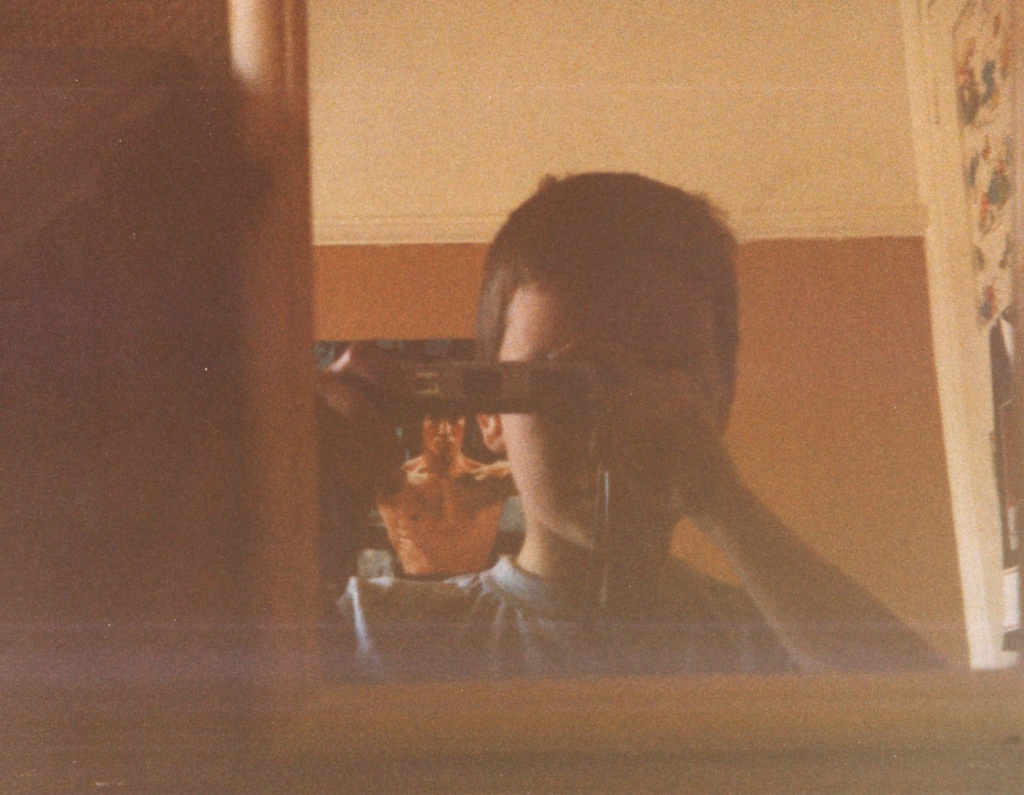
I must have subconsciously known this one would come along eventually though because I don’t think I’ve ever had a look at actual Bruce Lee before, which I do now wonder about, considering how many times I’ve watched his films over the course of forty-plus years, not to mention how I have somehow managed to go off on tangents into genre rubbish like Crippled Avengers and The Eight Diagram Pole Fighter while looking at other related games! We’re only talking about five of them too, if we’re sticking to Lee’s classic martial arts cannon, rather than the likes of the earlier Marlowe, or his Hollywood debut, The Wrecking Crew… Which was also Chuck Norris’ movie debut too, who we’ll meet again shortly… Several times! In retrospect, I do wonder how my slightly older next-door neighbours, my brother and me got away with not only watching these things at the time, given both the obvious violence involved as well as a surprising amount of female flesh, but also how we got them out of the shop so many times in the first place! More innocent times though, video nasty panic aside, and we were all into our martial arts, so it was probably better to keep us quiet with these than having us beating the hell out of each other instead! All of this was early to mid-eighties by the way, so let’s say I’m ten to twelve years old, while the films we’re going to quickly have a look at that collectively inspired the game from the same period I promise we’ll get to before too long had first appeared a few years earlier, between 1971 and 1978.
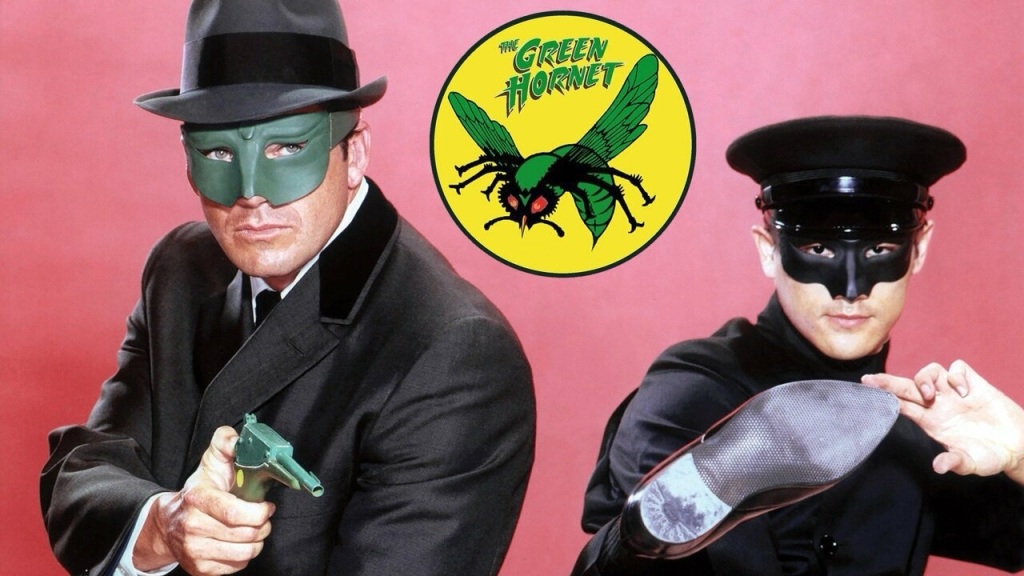
Bruce Lee was born Lee Jun-fan in San Francisco on 27th November 1940 but was raised in Hong Kong, where he was also first introduced to the local film industry by his Cantonese opera-singing father – in fact, his first appearance came as early as 1941 when baby Bruce was in a Hong Kong drama called Golden Gate Girl! There must have been getting on for thirty more before he returned to the US in 1959, living in Seattle before going to the University of Washington a couple of years later. It probably goes without saying that he’d also been involved in martial arts (and fighting in general by the sounds of it) for some time by this point too, and it wouldn’t be long before he opened his first martial arts school back in Seattle, then another in Oakland, California, before moving to Los Angeles to continue teaching what would evolve into his own Jeet Kune Do, which is where he first came across Chuck Norris as a student, as well as the likes of James Coburn and Sharon Tate. He never gave up his aspirations of becoming an actor though, and in 1964, a break came when he was spotted for a role that would never materialise but he’d made an impression all the same, and in 1966, he took the role of sidekick Kato in The Green Hornet TV show. One thing led to another, including The Wrecking Ball and Marlowe from earlier, as well as various fight choreographer positions on other productions, before his first leading role came in 1971, which would propel him to global stardom, not to mention sparking a whole martial arts movie craze!
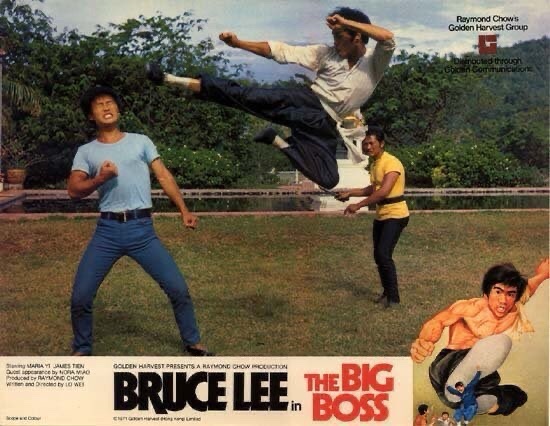
Despite all that, The Big Boss isn’t my pick of the bunch, but that’s not to say I won’t happily watch it endlessly! Lee is Cheng Chao-an, a Chinese guy who moves to Thailand to work with his extended family at the local ice factory, but when they start disappearing it emerges it’s all a front for a drugs operation, and as you can imagine, that involves a lot of kung-fu fighting! It did great at the cinema, and became Hong Kong’s biggest movie export, at least until Fist of Fury arrived a year later! This time Lee is Chen Shen, who returns to his old martial arts school to find his beloved teacher mysteriously dead and a local Japanese school acting suspiciously. Lee then goes rogue (as well as hilariously undercover), seeking vengeance and killing off the bad guys, including the most seventies Russian mob boss and martial arts expert you’ve ever seen, before seemingly giving himself up. It’s all a bit silly but it’s a great watch that would hold that Hong Kong cinema record until… You guessed it! The Way of the Dragon followed quickly after, also in 1972, and this time Lee plays comedically fish out of water Tang Lung, sent over to Italy to help an immigrant Chinese family whose restaurant is under constant threat from local gangsters who violently want to take it off their hands. Lots more mass fighting ensues, this time involving a much more international cast, including Chuck Norris, who’s brought in specially for a brutal showdown with Tang Lung in the Coliseum before a final treacherous twist to the plot is revealed. That big fight scene is one of the best you’ll ever see, and I could fully understand anyone saying this film is the best of Bruce Lee, but it’s not quite my favourite…
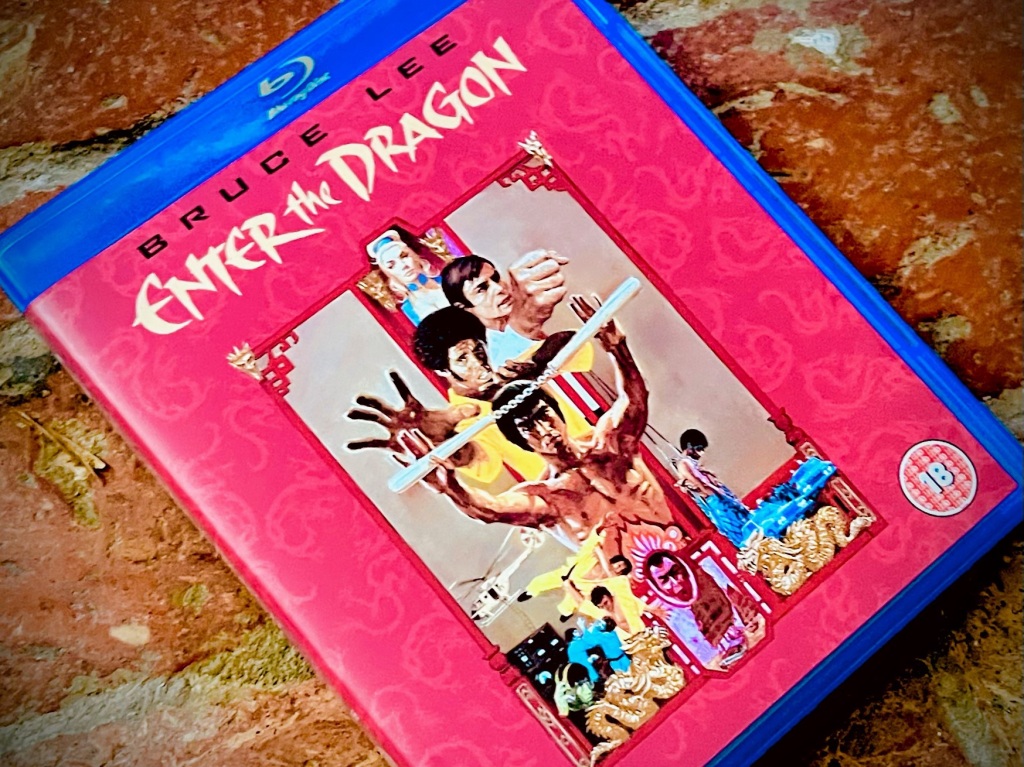
Obviously, Enter the Dragon took that Hong Kong record when it released in August 1973, which was also one month after Lee’s untimely death at the age of just thirty-two. He’d been admitted to hospital a few weeks earlier after collapsing during some Enter the Dragon post-production stuff, which was diagnosed as being down to fluid on the brain. It was treated at the time but seems the most likely cause of taking a nap and never waking up on 20th July 1973, although that didn’t stop decades worth of wild speculation and rumours. Did drugs, alcohol, heat stroke or even drinking too much water contribute? We’ll never know, I guess, but from that point forwards he became immortal. Back to Enter the Dragon, it was an American-Hong Kong co-production involving Bruce Lee as martial arts instructor Lee being enlisted by the British Secret Service to infliltrate a crime-lord named Han’s private island by means of an elite martial arts tournament he’s organised on there. Lee is joined by a great cast of characters, including John Saxon as Roper and Jim Kelly as Williams, in a kind of proto-blaxploitation role, just as that genre was emerging. There’s also an early appearance by prolific genre stalwart Bolo Yeung, and even an uncredited appearance by a young Jackie Chan! It’s mostly tournament by day and espionage by night with a familiar side of treachery, as sinister drug-fuelled business arrives on the table before a huge final fight involving everyone left alive! Enter the Dragon is Bruce Lee at the height of his powers, and is way more than just a martial arts movie, with this huge sense of scale and atmosphere, almost giving James Bond a run for his money!
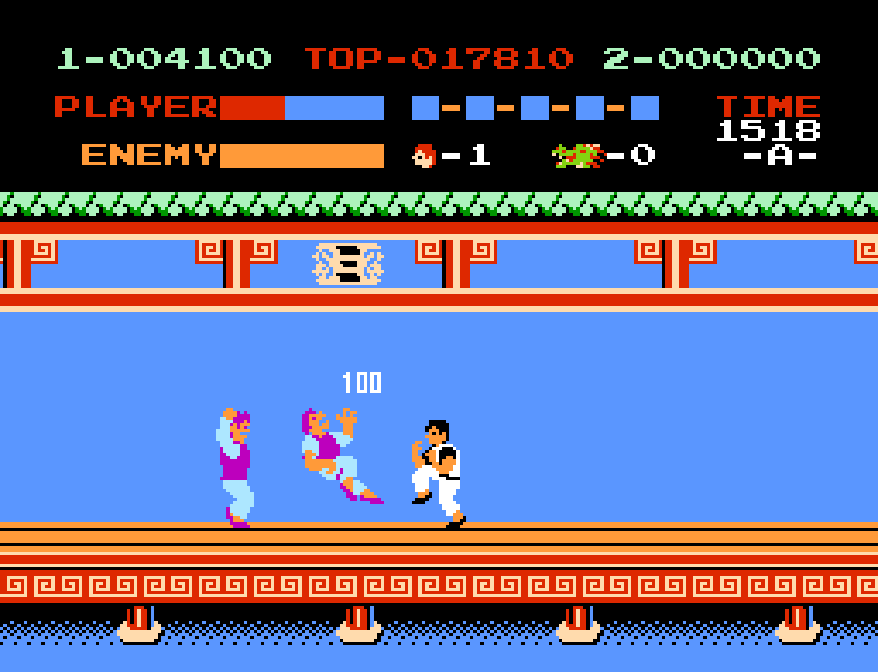
It wasn’t just a box office success either, but would go on to influence action movies to this day, and reach much wider, from MMA to Dragon Ball, and its imprint is all over the great fighting franchises like Mortal Kombat, Tekken and Street Fighter, as well as pioneering beat ‘em ups like Double Dragon and its forefather Renegade… Although not so much that game’s aforementioned, genre-defining predecessor, Kung-Fu Master, because that honour belongs to the last of our Bruce Lee movies for now, Game of Death, which is a bit of a weird one to talk about… It was to be written, produced and directed by Bruce Lee himself, who was also obviously its star, and about a hundred minutes of footage was shot between August and October 1972. Then along came Enter the Dragon and it was shelved. The original plot involved Lee being blackmailed into stealing a national treasure from the top of a five-storey pagoda, each with its own “boss” to fight. Fast-forward to 1978 and it had been adapted to Lee (and two posthumous stand-ins) as a movie star faking his own death in a bid to avoid some mafia shenanigans before rescuing his kidnapped fiancée from a familiar-sounding five-storey restaurant building! I’ve never seen what has since been recovered and stitched together from exclusively original footage, but the version of the film we got in 1978 is understandably disjointed at best, while those stand-ins coming and going mid-scene seem downright bizarre to modern eyes! The Kung-Fu Master bit at the end, with Lee in his legendary yellow suit and nunchucks, is still fantastic though!
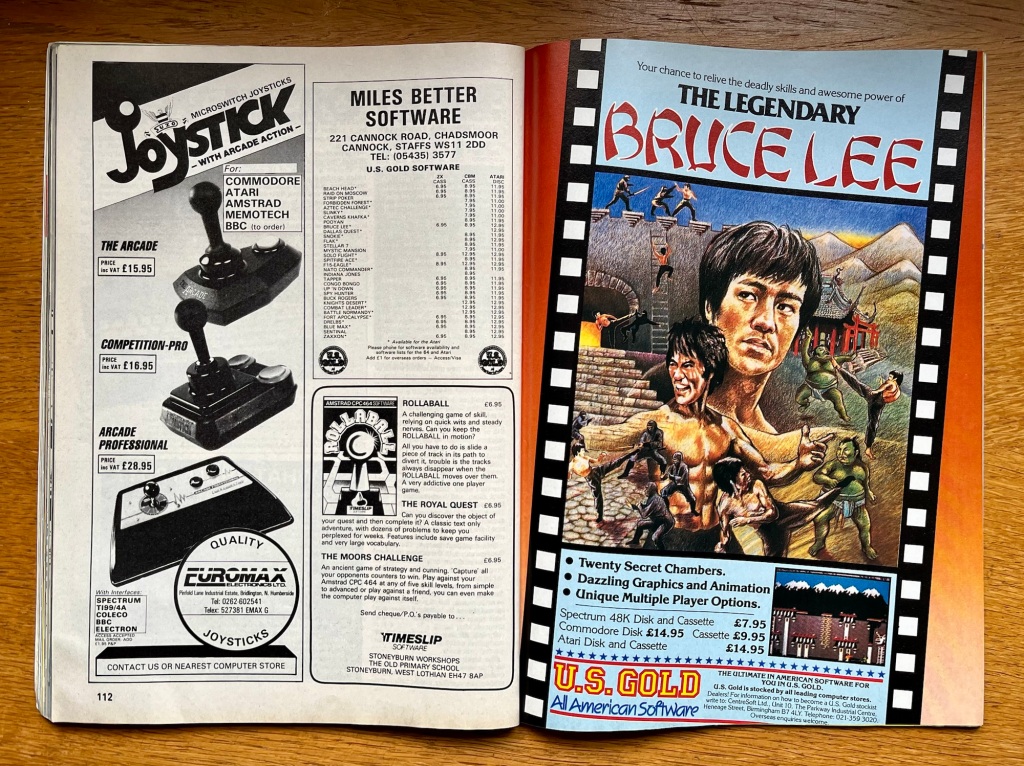
Having now been through all of those, and especially having made this very direct link between movie and video game, I’m now wondering about any possible link we can make between any of these other movies and Bruce Lee, the video game by Ron J. Fortier in 1984! Let’s go straight to the plot and see what we can come up with all the same though! I’ll come back to versions (and my history with versions) in a sec, but looking at the various instruction manuals just now, they all say exactly the same thing about “an opulent, mysterious and perilous fortress” where “Bruce Lee seeks to claim infinite wealth and the secret of immortality from the wizard who dwells within.” Well, that’s the most succinct plot summary you’ve read here so far, and given that’s literally all there is to it, we can probably conclude that the game features an all-original Bruce Lee story… A bit like all those Bruceploitiom films we encountered earlier! The rest of the blurb that follows is part instructions, part hints and part walkthrough, so I may as well save that for when we’re playing the game shortly, and quickly fill in a few of those gaps we’ve left instead.
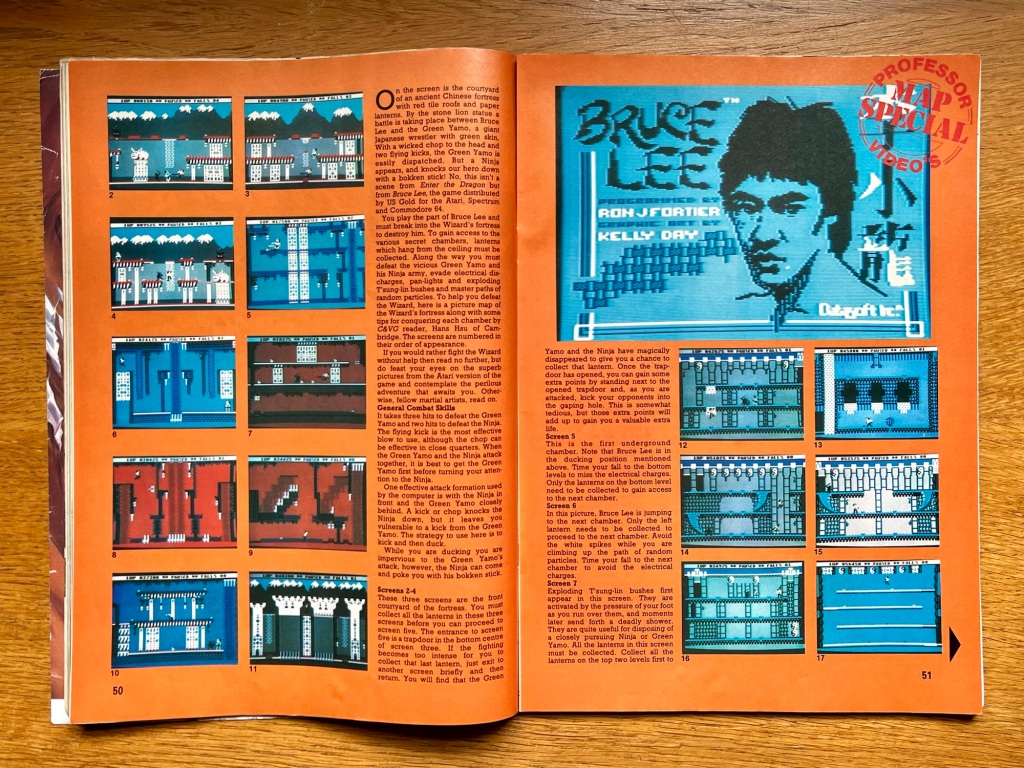
I’m not sure what it was about the July 1985 issue of Computer & Video Games magazine but (as evidenced by the sorry state it’s now in!) it was the one I read cover to cover, over and over again, more times than any of the rest over the course of the almost a decade or so I never missed a copy. Looking at it now, there were some very exotic-looking games reviewed – the Amstrad versions of Knight Lore and Daley Thompson’s Decathlon, Ghettoblaster, Revs and Roland Rat on the Commodore 64, Glass and Rocky Horror on the Spectrum, and a puzzler called Confuzion on everything that was just a sliding-square puzzler but was so colourful! There were also features on stuff I loved from elsewhere on the way to home computers, like cover star A View to a Kill, Airwolf, Max Headroom and Frankie Goes to Hollywood. Then there were some really stunning adverts for Streethawk, Frank Bruno’s Boxing, Bounty Bob Strikes Back and Dun Darach, and just so much energy and excitement everywhere you looked, not least from the three full-colour pages that made up the Bruce Lee Map Special!

I might have seen adverts for the original Atari 8-bit version from Datasoft in friends’ copies of C&VG when it released on there the previous year, before I started buying it for myself, but as far I’m aware this was where I first paid attention to the game. If Enter the Dragon was peak Bruce Lee, then the summer of 1985 was peak fandom for me, aged thirteen, and the huge loading screen picture printed on these pages just blew me away – it was real Bruce Lee on that thing, which brought the realisation that you weren’t just playing a game here, but you were actually playing as one of your heroes! The rest – which I didn’t realise at the time but did literally spoil the entire game, screen by screen – just screamed Bruce Lee, with Kelly Day’s graphics on the Atari version depicted absolutely capturing the essence of his movies, even if it wasn’t based on one! Can’t believe they even included the end-game screen though… By now, it had now also been around on the Commodore 64 since later in 1984, and I reckon this big feature was now here following the more recent release of the ZX Spectrum and Amstrad versions, published by U.S. Gold, while an MSX port would also arrive in 1985, this time from Comptiq.
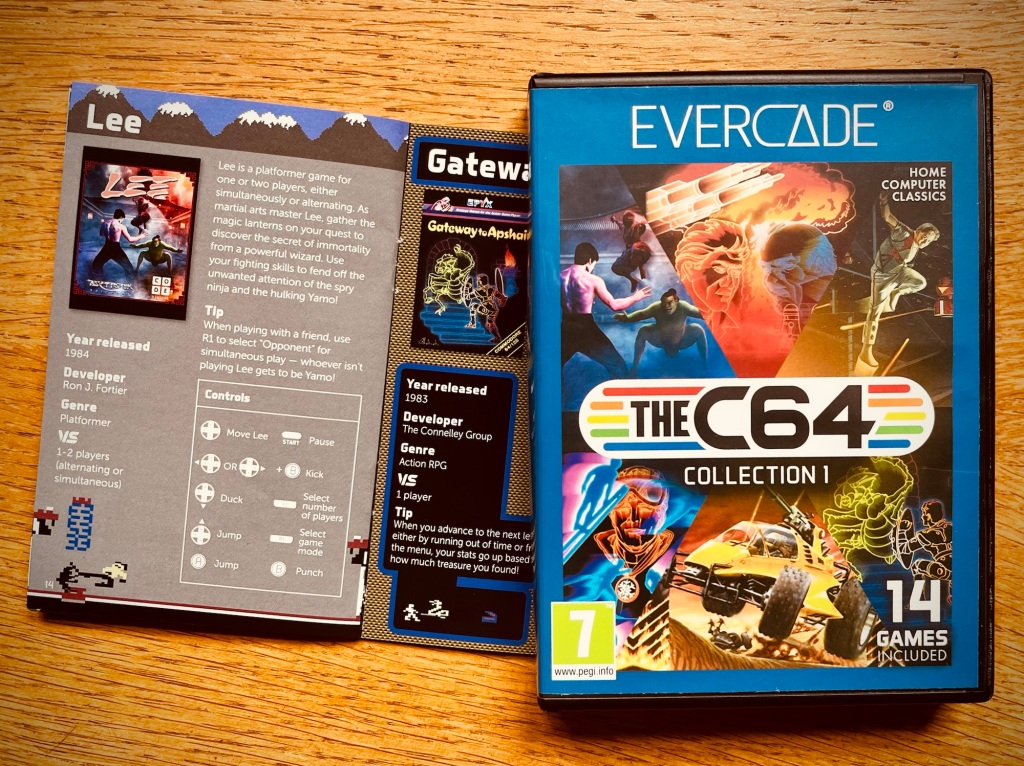
I’m really not sure what came first for me but I do know it took a while to get to actually playing it, although I also remember trying to create my own version on the VIC-20, which never really got beyond grid-paper animations! I certainly first owned it on the 1986 They Sold a Million II compilation on the Spectrum (albeit not until 1987), where it was bundled together with Knight Lore, Match Day and Match Point, but I may well have played it on a friend’s C64 shortly before that. And since then, that’s certainly the version that’s stuck with me, and the one I’d get to know like the back of my hand, right up to most recently getting hooked on it all over again following its inclusion on The C64 Collection 1 for Evercade, where it arrived at the end of 2022 under the new name of “Lee” – presumably due to license expiration or similar. Plays really nicely on their Super Pocket handheld spin-off too, which – getting screenshots aside – is where I’ve been playing it as I put what you’re now reading together, which sounds like a good place to get into the game itself!
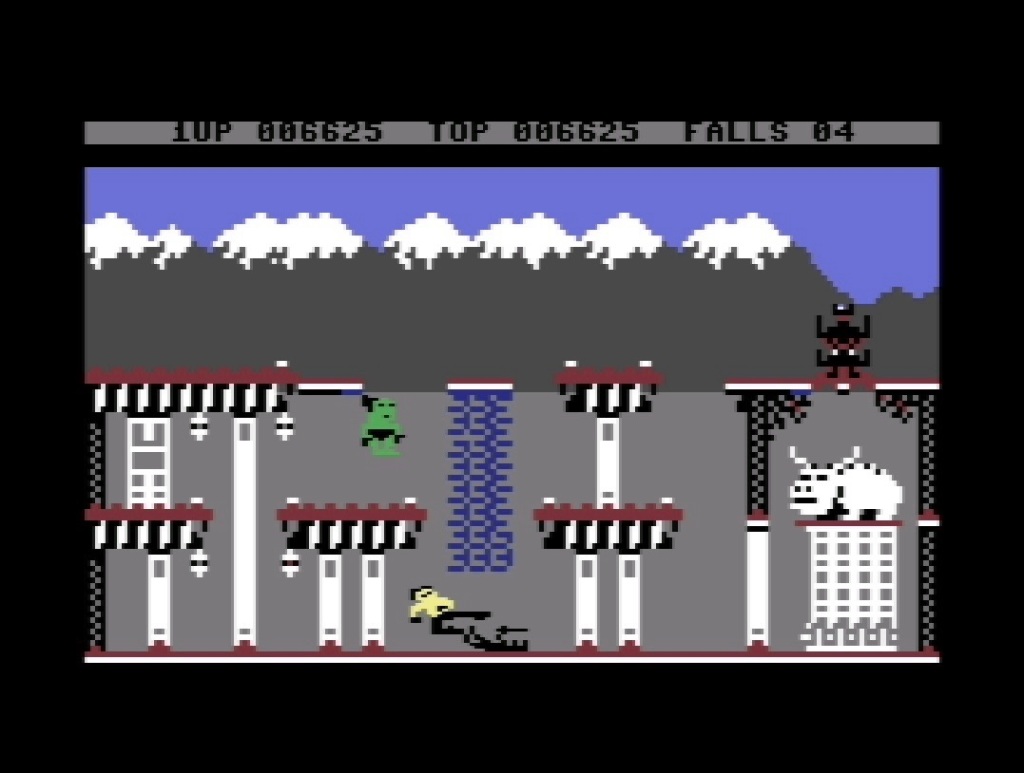
I guess we can call it an action-platformer with simple beat ‘em up elements set over twenty flip-screens. There is a very clever twist right there on the title screen too but I need to cover a bit more ground before it makes sense! Once you’re in the game one way or another though, you find yourself at the entrance to the wizard’s fortress, dramatically set in front of a snow-capped mountain range, and majestically decorated with a giant statue of a sacred cow, some ornate rooftops you’ll shortly be jumping across and down and in-between, and some fancy trellis things to get you back up again. You’ll also notice a number of lanterns hanging about the place (or will have if you’ve bothered to read the instructions!) and for the first three screens at least, you’re going to have to collect the lot to move on towards the final showdown with the wizard. After the first three screens, it’s not always mandatory to get all of them, but you will need to keep an eye out for the effects of the ones you do get, which might be a sliding door opening at the side of the screen you’re on, or before long, if there’s nothing obvious happening then it might be worth backtracking to see if anything has happened on a screen you were previously on. It’s no metroidvania though! If you come to a dead end then there’ll be a trapdoor or something you’ve encountered previously now open to go through.
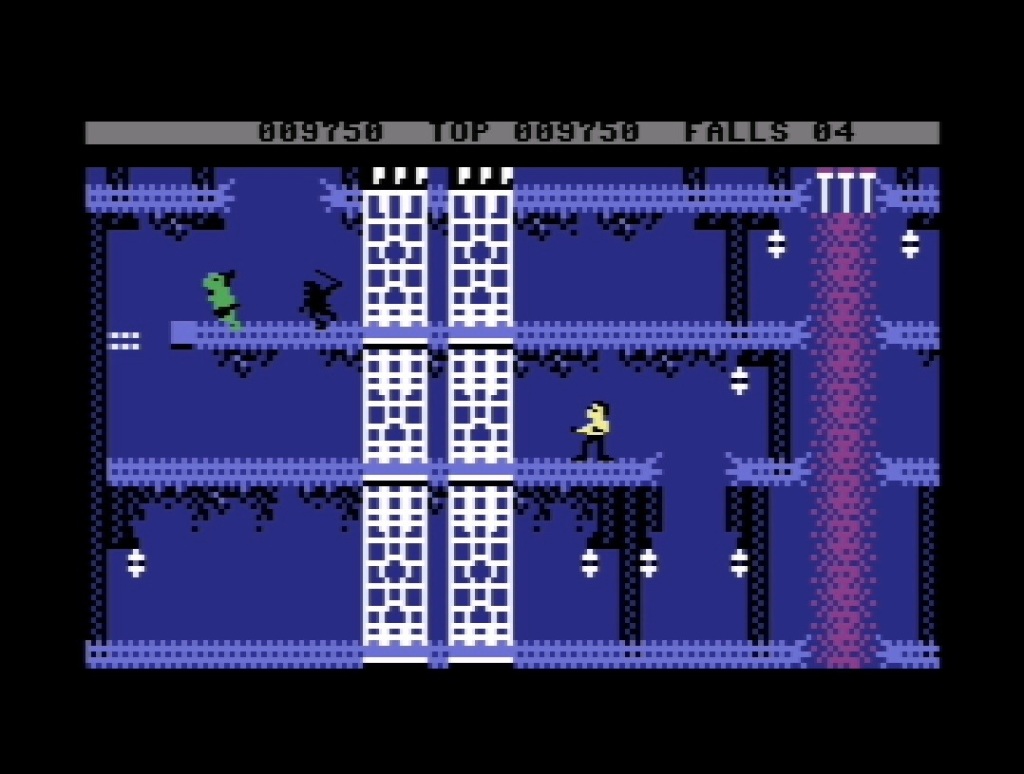
It all sounds very straightforward so far but it won’t be long before the wizard’s henchmen turn up, in the form of a ninja, who’ll come after you with his bokken sticks at every opportunity, and Green Yamo, a green-skinned sumo wrestler who’ll generally arrive just after the ninja but home in on you more aggressively and has a very nasty kick. They don’t always appear straight away, and on some screens they won’t appear at all, but they will always appear when you least want them to! It then generally becomes a game of cat and mouse around the level as you try to keep clear as much as possible while also trying to collect the lanterns as fast as possible so you can properly get away from them – at least for a while – onto the next screen (when they’ll have also disappeared for their usual grace period on the last screen if you need to go back). But obviously, you are Bruce Lee so there’s always an alternative! And in reality, you are going to have to fight them a lot of the time because lanterns aren’t always out in the open with plenty of escape routes, and later on you’ll also need to buy yourself some time by temporarily dispatching them while you focus on some of the trickier platforming areas! You’ve got a punch at your disposal while you’re stationary, then a flying kick for when you’re running, all on the same single joystick button originally, but one nice thing about Evercade is having jump mapped to a separate button if you prefer, although it’s still on up too for the purist (or purest) experience. Oh yeah, you can duck their attacks by pressing down, although until I reread the Evercade instructions again just now, I don’t think I’d ever intentionally done that as a defensive measure against them! The collision detection feels pretty loose in both directions but with a bit of practice to get the timing you’ll be confidently taking them down with flying kicks, with the ninja taking two hits and Green Yamo taking three. You can also take four or five from both enemies before losing one of your initial five lives (or “falls”), and it seems like that hit count is separate so you’ve still got a chance when they frequently gang up on you!
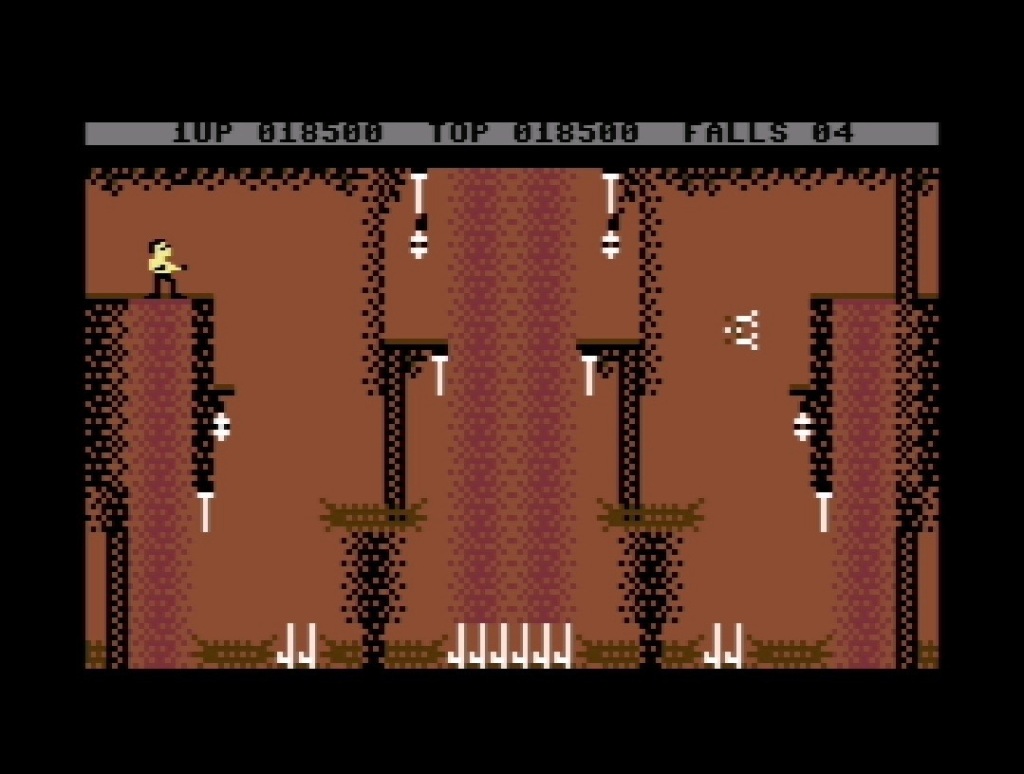
This is probably a good time to go back to that clever twist on the title screen I mentioned earlier! You’ve got a number of gameplay options before you start, with the default one being the regular single player game I’ve just described. There’s also a pass the joystick two-player version, as there often was with this kind of thing at the time, so when one person loses a life the other gets a go. Both of those modes then also have an alternate “vs. opponent” mode where, instead of just waiting for your mate to finish their go, you can take control of Green Yamo instead and hinder them to your heart’s content, then they can do the same when it’s your go. It’s such a genius way of eliminating the age-old tedium of watching someone else playing a game, and makes for some real fraught competition too, just as you think you’re making some progress! Speaking of which, once you’ve found a way past those initial exterior areas and down into the fortress, the platforming side of the game properly picks up, and with a bit of a rude awakening too, as you’re quickly put under pressure to move by the two bad guys, straight into the path of a load of electrical charges travelling between the gaps you need to quickly get down with very precise timing! No messing around with multiple hits from these things either – one zap and you’re dead! This continues to ramp up the closer you get to the wizard as well, with all sorts of hazards, like exploding bushes and moving blade things, and they’ll often virtually appear out of nowhere too. You’ll also now be climbing up vines and mysterious waves of particles, with less frequent appearances by Green Yamo and the ninja, and more almost puzzle-like levels to get around instead, as you access switches to open doors or reverse the particle flow to access more switches and so on. Still plenty of lethal obstacles to negotiate in parallel though, and while none of it is massively head-scratching (or justifies a three-page C &VG walkthrough in the slightest), you’ll definitely need to look before you leap then carefully think about when you’re going to go for it!
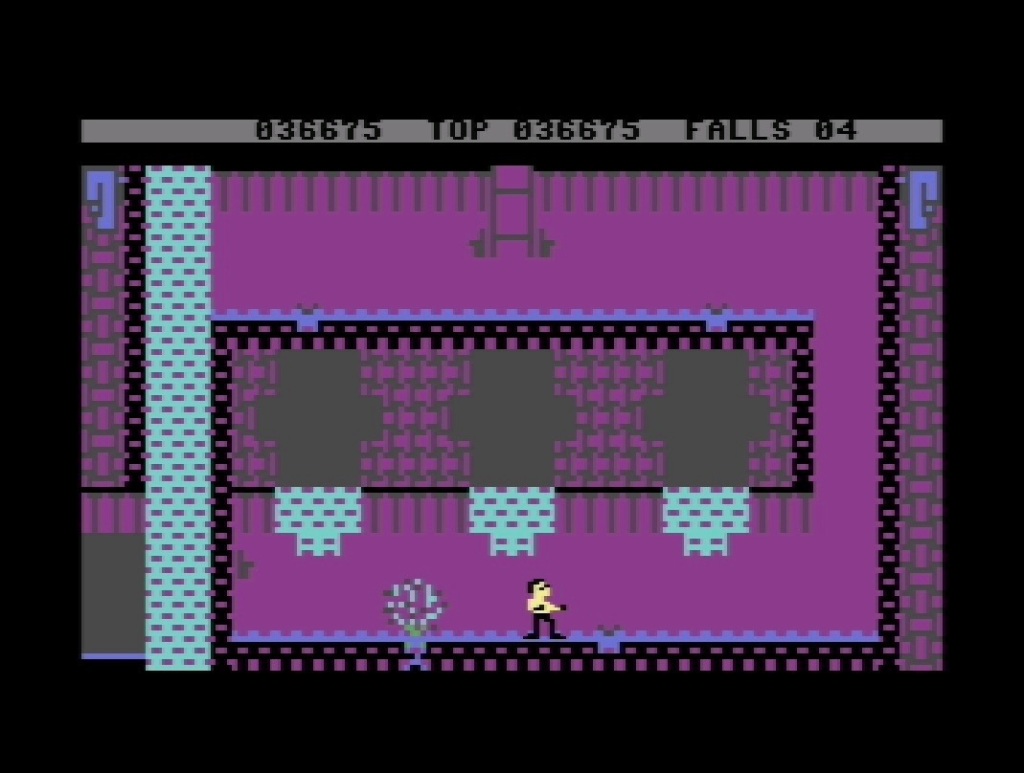
As much as there’s a very cohesive ”oriental” graphical style holding the entire game together, there’s also a lot of environmental variety as you travel through different areas of the fortress, as well as a natural flow, from the opulent entrance and down into the lair, where mechanical dangers morph into more organic ones as you enter caverns below, and eventually there’s this sense of relief that to this day never fails to get me as you suddenly find yourself in familiar and far less threatening territory as you realise you not only know where you are again, but one of those dead-ends that had you for a while right back at the beginning is now open to you! The game is very Commodore 64, revelling in browns and other dull colours, but also to great effect, at least most of the time – the area through the new opening we’re talking about now, for example, is decidedly lacklustre despite being a continuation of the far more interesting area you’ve just been in, then the next is ZX-Spectrum garish! I’m being harsh even mentioning those things though because this game looks exactly how it should in the golden age of C64 graphics, with chunky pixel art used to create a wonderful atmosphere, enhanced by all that particle movement and the dynamic hazards in areas like caverns that could easily have been virtually lifeless. The tiny sprites are full of character too, with simple animations that perfectly portray a little flying kick, and the ninja is obviously a ninja and Bruce Lee is obviously Bruce Lee, with just a little period imagination applied!
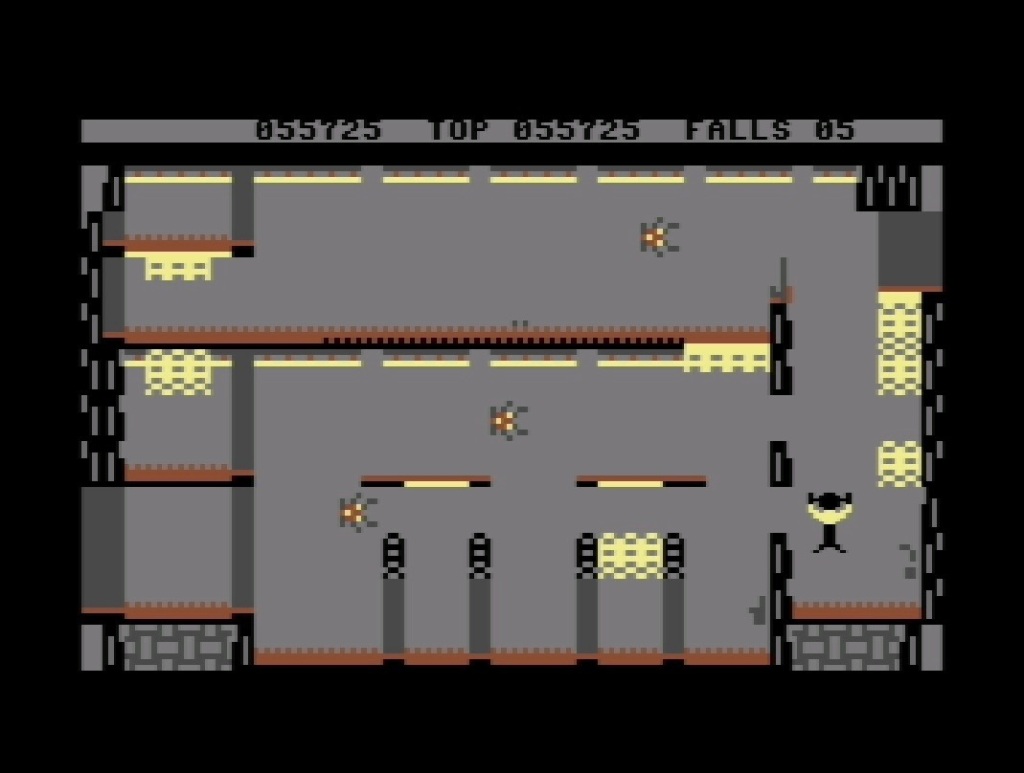
If I’m being generous, you can beat the game in under half an hour (but more like twenty minutes) when you know what you’re doing, but that doesn’t stop every minute of that half an hour being an absolute joy to me every time! Each screen is so thoughtfully designed, whether just for mostly carefree fun, for some sometimes cruel platforming, for some puzzling, or best of all, for a bit of all three, gradually increasing in complexity just enough until that garish one I just mentioned puts a proper smile on your face when you work out what it’s doing! The last screen will probably claim a few more lives than you’ve taken for a while the first few times you encounter it too but you are then rewarded by what turns out to be the easiest final boss fight you will ever encounter in a game! Going back to the instructions, they tell us… “When you finally reach the wizard keep away from the fireballs streaming from his eyes. Press the button which destroys the wizard and his fortunes are yours!” The idea being, you emerge on the left of the screen, his big scariness is up on his perch at the top, and you need to get to said button on the right, avoiding his fiery gaze. Hold right and don’t stop and you’ll be just fine though. Every single time! And with your eyes shut if you like!
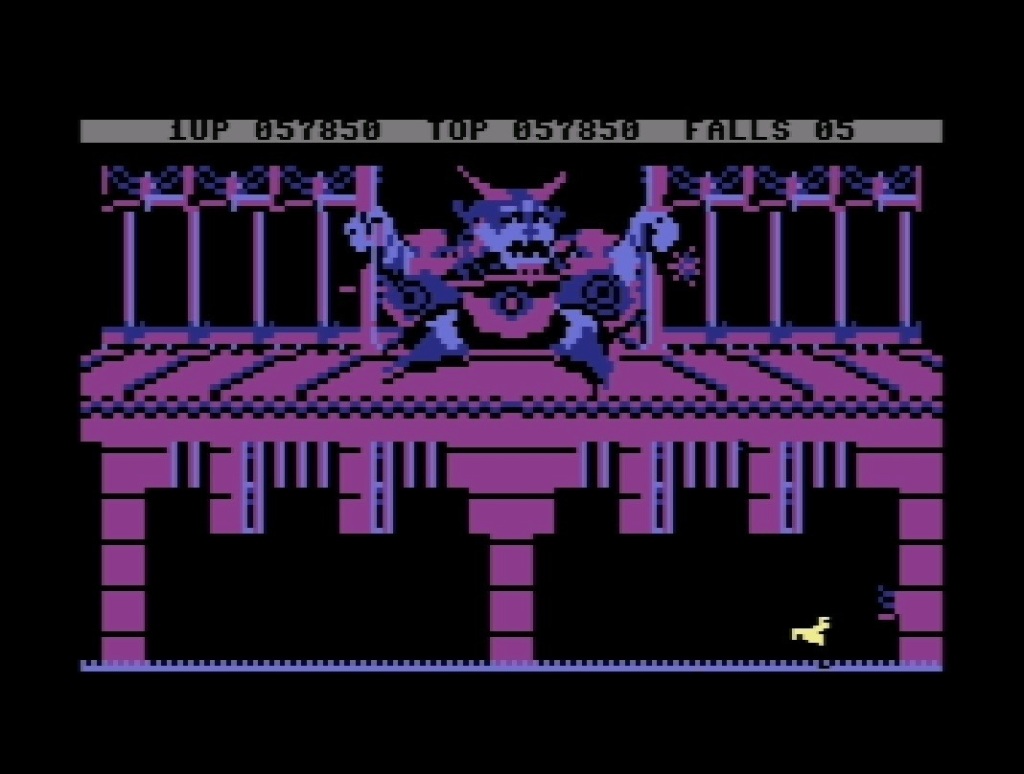
Scary looking fellow all the same though – all demonic and that nasty look of his follows you across the screen as you run! Gutteral noise coming out of his mouth too, following by a real ear- piercer when he goes down! While the title music isn’t exactly a SID classic, it has its little flourishes and is pleasant enough, and that’s true of the sound effects (up to that boss!) as well. Like the animations, they’re simple beeps and blips and blasts of white noise used to really nice effect, and almost everything has a sound of its own. Back to not-so-Big Boss, I’m not going to spoil the ending like C&VG was happy to do but once you’ve had a moment to enjoy it, you start again but it’s all a bit harder this time. Which you could argue is where the difficulty should have been set in the first place, with everything a little bit more aggressive. Bosses aside, Bruce Lee isn’t totally without challenge as you get to grips with it, but if you’re looping the game, you’ll probably have a few lives still in your pocket by the time you get there… On top of the five you start with, you’ll amass a few more as you go; it’s never explained how but I think the points you get for collecting lanterns and kicking your two foes reward you with extra lives. Oh yeah, there’s a cool bug if you manage to collect nine lives, where rather than ticking over to ten on the next one you get, it will just add another nine to the count instead, meaning ninety-nine lives! Even without those though, there aren’t many 8-bit platform games you can see the end of quite so easily – fire up Jet Set Willy or Auf Wiedersehen Monty once you’re done celebrating your so- called achievement if you don’t believe me!
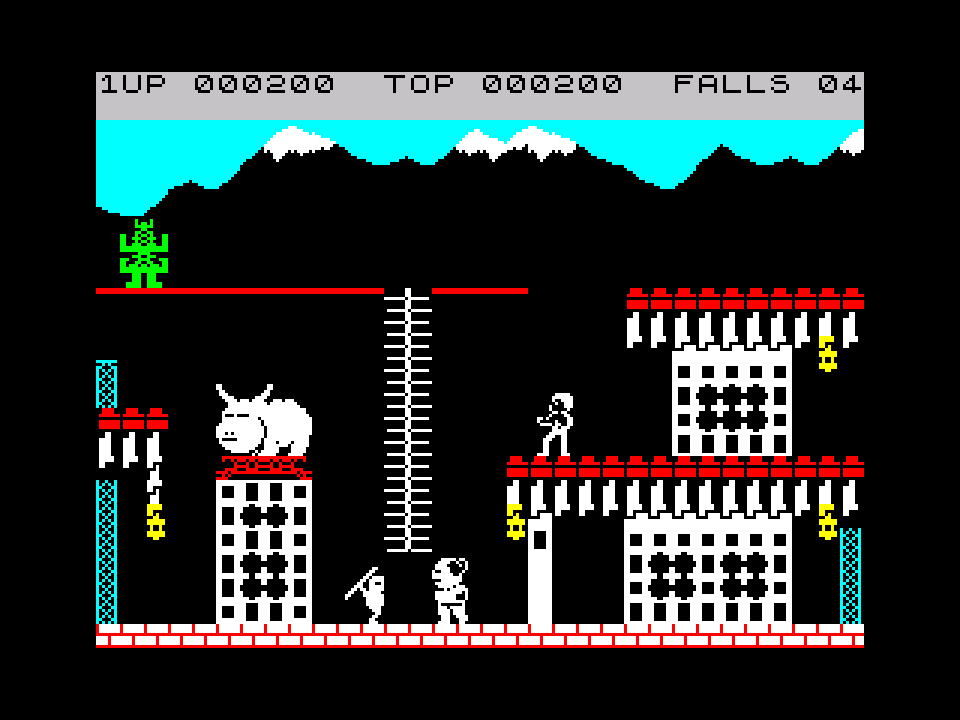
That reminds me, I need to fire up the Spectrum version for a really quick comparison before we close! Now, as a fanboy, I’m obliged to say I’m not sure if it’s that I had my fill of Bruce Lee on my friend’s C64, or that it was on a compilation with other games vying for my attention at the same time, but for whatever reason, I don’t think I ever finished this version. Okay, it’s also a bit crap in comparison! It plays faster and I think is even easier, at least where the ninja and non-Green Yamo are concerned, but you’d only know that if you’d played the other one so is neither here nor there. It just looks absolutely awful though! The mostly monochrome with a dash of colour look can work fine on the Spectrum but the mostly white with a dash of black sprites here are dreadful – like playing as an old photo negative – even if some do have more detail than their C64 equivalents, although any level of detail in the backgrounds that might have been achieved by going all-monochrome has been totally ignored. That said, they’re so badly drawn it’s probably not such a bad thing! Most of all though, where the C64 version oozes Bruce Lee, this just oozes nasty sound effects! Which is why you’ve just spent as long reading about the C64 version as it takes to finish it rather than the one I actually owned at the time! Finishing off, I’m not messing around with pervy stuff like the Amstrad or MSX but for completeness, I did just have my first ever go on the original Atari version! It plays really nice too, with bigger sprites and marginally better sound, although the animation doesn’t quite keep up with the action all the time, and I don’t think the environments are quite as polished. It’s a special game in its original form all the same though, and stands up today just as well as its Commodore offspring. Being hard as nails clearly isn’t the only mark of a great 8-bit platformer then, especially when you’re also pushing genre boundaries with exploration and puzzling and beating people up like this is, and that’s before you throw in playing as an absolute icon! Not sure that was a first but I reckon its success might have been, and mixing things up with some of those other elements surely were – at the very least, you never saw Miner Willy, Monty Mole et al flying kicking everything that moved in the face! No denying it left its mark one way or another, so going back to where we started, maybe it wasn’t so unlike Enter the Dragon after all!
As always, I’ll never expect anything for what I do here but if you’d like to buy me a Ko-fi and help towards increasingly expensive hosting and storage costs then it will always be really appreciated! And be sure to follow me on Instagram, X (formerly Twitter) or Threads for my latest retro-gaming nonsense!

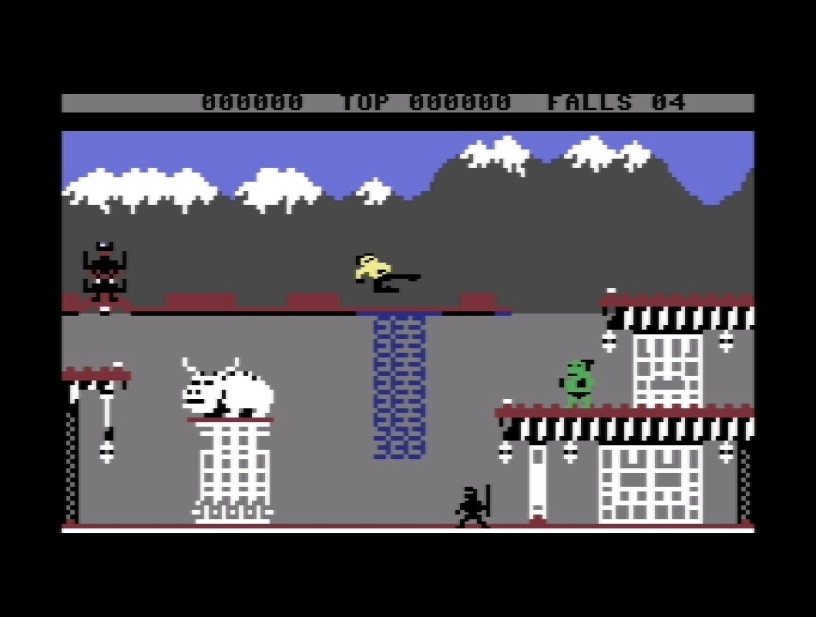
Fantastic article Bruce Lee was one of the games only just managed to play in the last few years great game. Did I dream it or did the cows “moo” on the Atari version?
I love Goonies on the C64 too.
Thanks again
LikeLiked by 1 person
Thank you! Really appreciate it. I didn’t notice the, mooing from what I played but I’ll definitely take that as a reason to play it again and find out! I’ve been playing The Goonies on there too recently. Think the C64 wins out on that one.
LikeLike